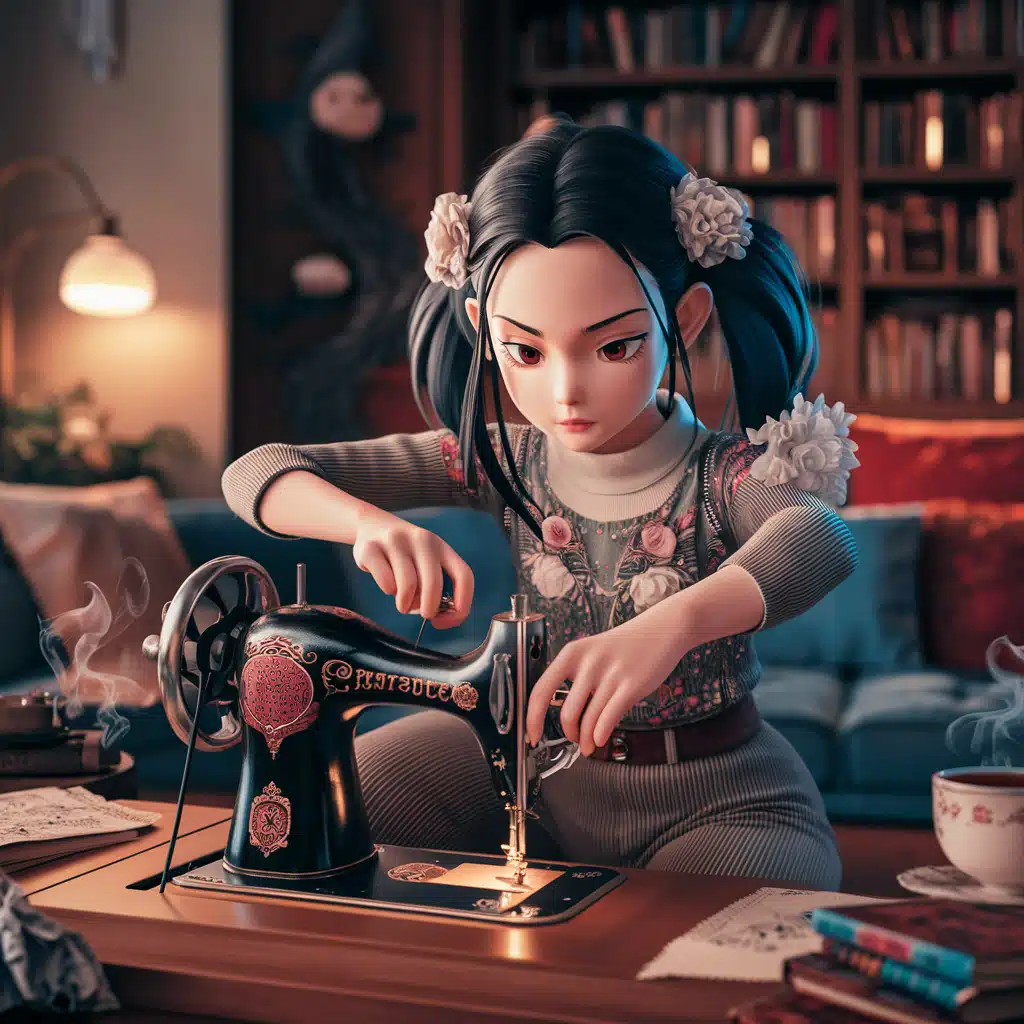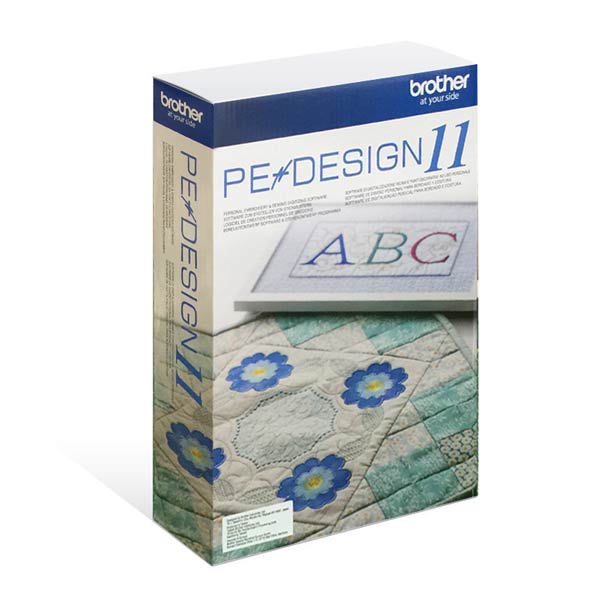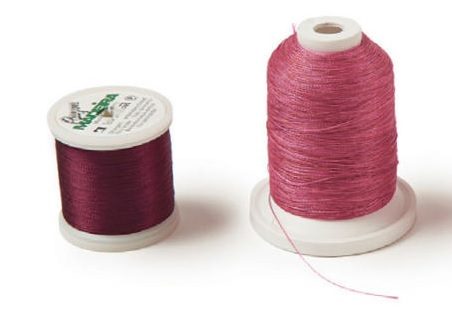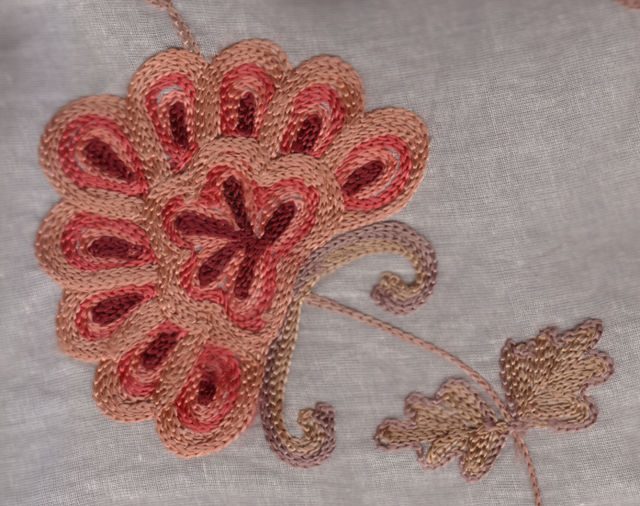The Ultimate Guide to Embroidery Stabilizers: Choosing the Right Support for Your Stitches
Introduction:
Embroidery stabilizers are the unsung heroes of the needlework world. These essential materials provide the necessary support to ensure your embroidery designs come out crisp, clean, and professional-looking.
Whether you’re a beginner or an experienced embroiderer, understanding the different types of stabilizers and when to use them can make a significant difference in the quality of your work. In this comprehensive guide, we’ll explore everything you need to know about embroidery stabilizers, from their types and uses to tips for selecting the right one for your project.
What Are Embroidery Stabilizers? Embroidery stabilizers are materials used to support fabric during the embroidery process. They help prevent puckering, distortion, and shifting of the fabric as the needle moves in and out, ensuring that your design maintains its integrity. Stabilizers come in various forms, weights, and compositions, each designed for specific fabrics and embroidery techniques.
Types of Embroidery Stabilizers:
- Cut-Away Stabilizers:
- Characteristics: Durable, non-woven material that remains attached to the fabric after embroidery
- Best for: Knits, stretchy fabrics, and designs with high stitch counts
- Advantages: Provides permanent support, ideal for frequently washed items
- Tear-Away Stabilizers:
- Characteristics: Easy to remove after stitching by tearing away excess material
- Best for: Woven fabrics and lighter designs
- Advantages: Clean finish, no added bulk to the embroidered item
- Water-Soluble Stabilizers:
- Characteristics: Dissolves in water after embroidery is complete
- Best for: Delicate fabrics, lace, and free-standing embroidery
- Advantages: Leaves no residue, perfect for projects where stabilizer visibility is undesirable
- Heat-Away Stabilizers:
- Characteristics: Disintegrates when heat is applied
- Best for: Velvet, leather, and other heat-resistant materials
- Advantages: Clean removal without moisture, ideal for fabrics that can’t be washed
- Adhesive-Backed Stabilizers:
- Characteristics: Features a sticky side to adhere to fabric
- Best for: Difficult-to-hoop items, small areas, and precise placement
- Advantages: Ensures fabric stays in place during embroidery
- Film-Type Stabilizers:
- Characteristics: Transparent, thin plastic-like material
- Best for: Sheer fabrics, in-the-hoop projects
- Advantages: Provides support without visibility through fabric
Choosing the Right Stabilizer: Selecting the appropriate stabilizer depends on several factors:
- Fabric Type:
- Light, sheer fabrics may require water-soluble stabilizers
- Heavy, dense fabrics often need cut-away stabilizers
- Stretchy knits benefit from cut-away or fusible stabilizers
- Design Density:
- Light designs with low stitch counts can use tear-away stabilizers
- Dense designs with high stitch counts require more substantial support, like cut-away stabilizers
- End Use of the Item:
- Frequently washed items need durable stabilizers that won’t break down
- Decorative pieces may use temporary stabilizers for a cleaner finish
- Embroidery Technique:
- Free-standing lace requires water-soluble stabilizers
- Appliqué may benefit from adhesive-backed stabilizers for precise placement
- Hoop-ability of the Item:
- Small or oddly shaped items might require adhesive stabilizers
- Large, flat items can typically use standard hooped stabilizers
Tips for Using Embroidery Stabilizers:
- Test First: Always test your stabilizer choice on a scrap piece of the project fabric before committing to the final piece.
- Layer When Necessary: For extra support, don’t hesitate to use multiple layers of stabilizer, especially for dense designs or stretchy fabrics.
- Proper Hooping: Ensure both fabric and stabilizer are taut in the hoop, but not stretched, to prevent distortion.
- Trim Excess Carefully: When removing excess stabilizer, be careful not to cut or damage the embroidery stitches.
- Consider Permanent Stabilizers: For items that will undergo frequent washing and wear, consider leaving cut-away stabilizers in place for ongoing support.
- Pre-cut Stabilizers: For efficiency, pre-cut stabilizers to fit your most commonly used hoop sizes.
- Storage: Store stabilizers in a cool, dry place away from direct sunlight to prevent degradation.
Common Stabilizer Mistakes to Avoid:
- Using the Wrong Type: Matching the stabilizer to your fabric and design is crucial for optimal results.
- Skimping on Stabilizer: Using too little stabilizer can lead to puckering and distortion.
- Over-Stretching: Pulling the stabilizer too tight in the hoop can cause fabric distortion.
- Ignoring Nap or Stretch: Always align the stabilizer with the fabric’s grain or stretch for best results.
- Forgetting to Remove Temporary Stabilizers: Leaving tear-away or water-soluble stabilizers in place can affect the feel and appearance of the final product.
Advanced Stabilizer Techniques:
- Floating: For items that can’t be hooped traditionally, “float” the fabric on top of a hooped stabilizer.
- Basting: Use your embroidery machine’s basting feature to secure fabric to the stabilizer for added stability.
- Combining Stabilizers: Mix different types of stabilizers for challenging projects, like using cut-away with water-soluble topping for towels.
- Stacking: For extremely dense designs, stack multiple layers of lightweight stabilizers instead of one heavy layer.
- Framing: Create a “frame” of tear-away stabilizer around the edge of your hoop for extra support.
Stabilizers for Special Embroidery Projects:
- In-the-Hoop Projects: Use film-type stabilizers for a clean finish on projects constructed entirely in the embroidery hoop.
- 3D Foam Embroidery: Combine cut-away stabilizer with specialty foam for dimensional designs.
- Patch Creation: Use heavy cut-away stabilizer as a base for creating removable patches.
- Freestanding Lace: Layer water-soluble stabilizers for delicate, standalone lace designs.
- Reverse Appliqué: Adhesive stabilizers help with precise fabric placement in reverse appliqué techniques.
Eco-Friendly Stabilizer Options: As sustainability becomes increasingly important, consider these eco-friendly stabilizer alternatives:
- Biodegradable Stabilizers: Made from plant-based materials, these break down naturally over time.
- Reusable Stabilizers: Some film-type stabilizers can be washed and reused multiple times.
- Natural Fiber Stabilizers: Made from materials like bamboo or organic cotton for a more sustainable option.
Troubleshooting Stabilizer Issues:
- Puckering: If you notice puckering, try using a heavier stabilizer or multiple layers.
- Stabilizer Showing Through: For visible stabilizer on lighter fabrics, switch to a more appropriate type or use a topping.
- Design Shifting: Ensure proper hooping and consider using adhesive spray for added security.
- Stabilizer Tearing During Stitching: Use a larger piece of stabilizer or switch to a more durable type for dense designs.
- Difficulty Removing Tear-Away: If tear-away is stubborn, try using a finer needle or adjusting your machine tension.
Conclusion: Embroidery stabilizers are an indispensable tool in achieving professional-quality embroidery results. By understanding the various types available and how to choose the right one for your project, you can ensure that your embroidery designs come out crisp, clean, and beautiful every time.
Remember to experiment with different stabilizers, test on scrap fabric, and don’t be afraid to combine types for challenging projects. With the right stabilizer supporting your stitches, your embroidery will reach new levels of excellence, allowing your creativity to truly shine through every design.
Related Posts
Discover relevant articles, tutorials, and tips to improve your skills and explore new techniques.
Stay inspired and connected to our embroidery community.






